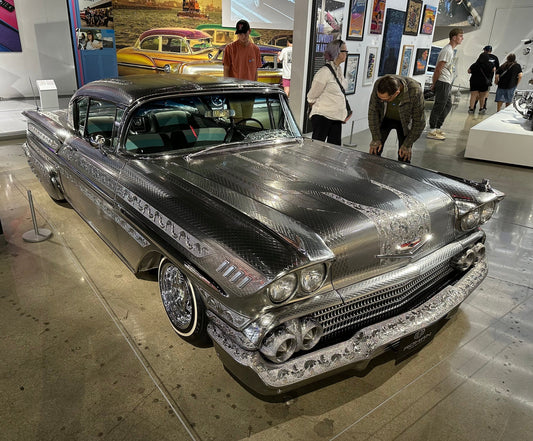The mighty integrated
by Paul McGowan
For those of you waiting to get a copy of our limited edition ONE Music project - and living anywhere in the EU countries - the restriction's been lifted and you can now have at it. Thank you for your patience. Click here to grab your copy before they're gone. Each physical copy comes with a download code inside, in case you also want to download the same material that's included on the two disks.
In our thoughts about synergy we discussed how some products work well together, while others had the opposite effect. Sorting out which two pieces fit nicely, like the parts of a jigsaw puzzle, has always been part of the challenge assembling a first rate music reproduction setup.
One way to circumvent the entire selection headache is to trust the manufacturer to assemble the bits for you. For most of the history of reproduced sound, manufacturers only made integrated systems. Separates, as they came to known, were rarely available until later. Even the first Edison record machines were always one-piece integrateds. Put the cylinder or record on the machine and sound came out. There was no fiddling. Even later, home audio consoles were the norm, combining a record player, amplifier, radio tuner, and loudspeaker boxed into a piece of furniture.
In the late 1960s and early 1970s some manufacturers branched off to make separates–components taken out of systems and sold separately. The trend probably started in the early 1950s when Edgar Villchur and Henry Kloss started AR and sold separate loudspeakers not attached to amplifiers. For more info on the history, you might read Bill Leeben's excellent history of AR in Copper Magazine - part two launches on Monday in Issue 6.
In the mid 1970s some manufacturers, like PS Audio, decided it was time to assemble separates back into one-box systems, called integrateds. We launched one of the very first integrated amplifiers in high end audio, called the Elite, during this period.
Integrateds have good and bad aspects to them and tomorrow, we'll look at the good, then move on to the bad.
- Choosing a selection results in a full page refresh.
- Opens in a new window.









